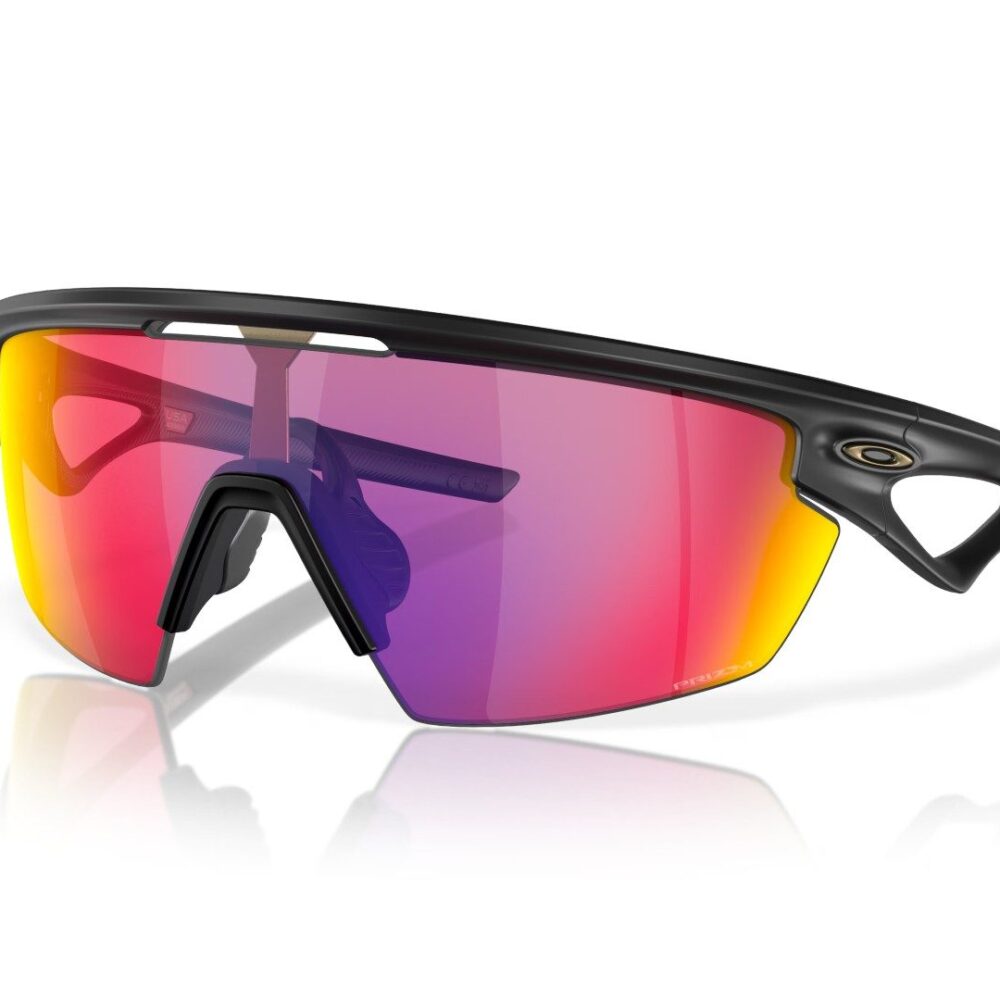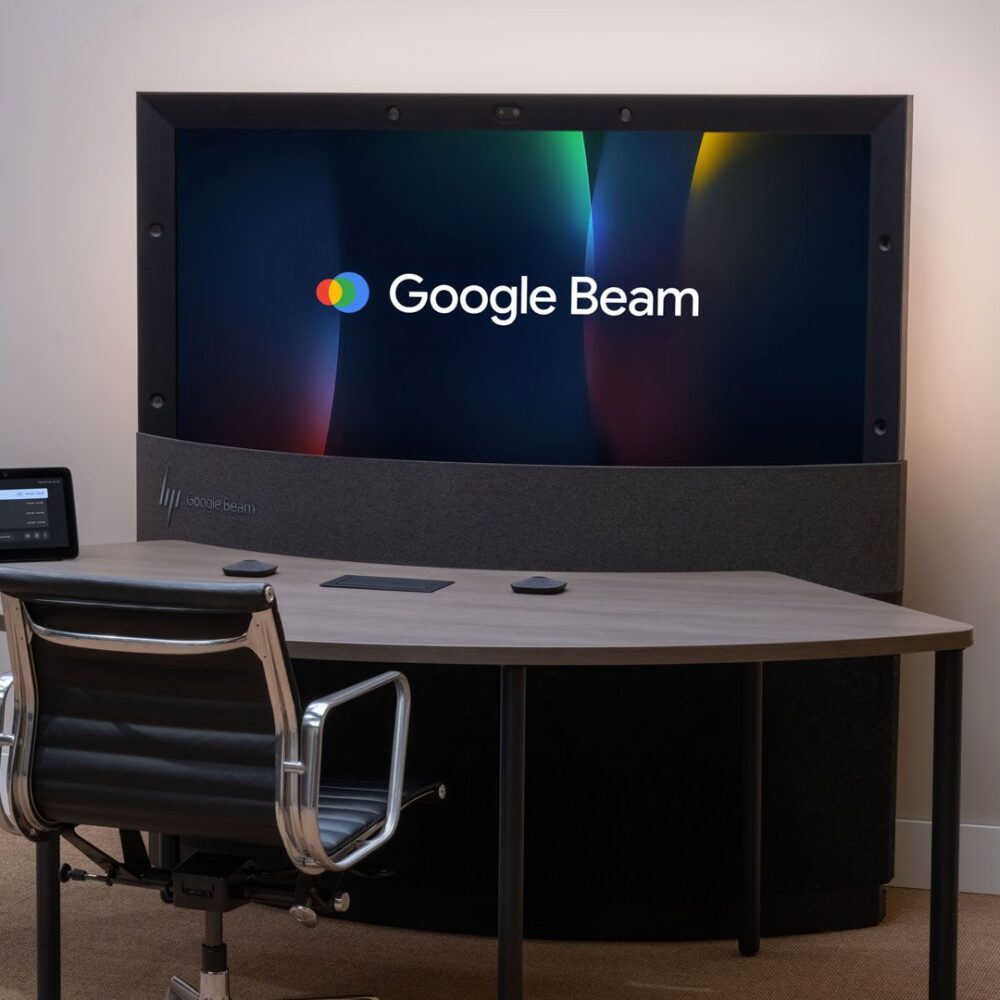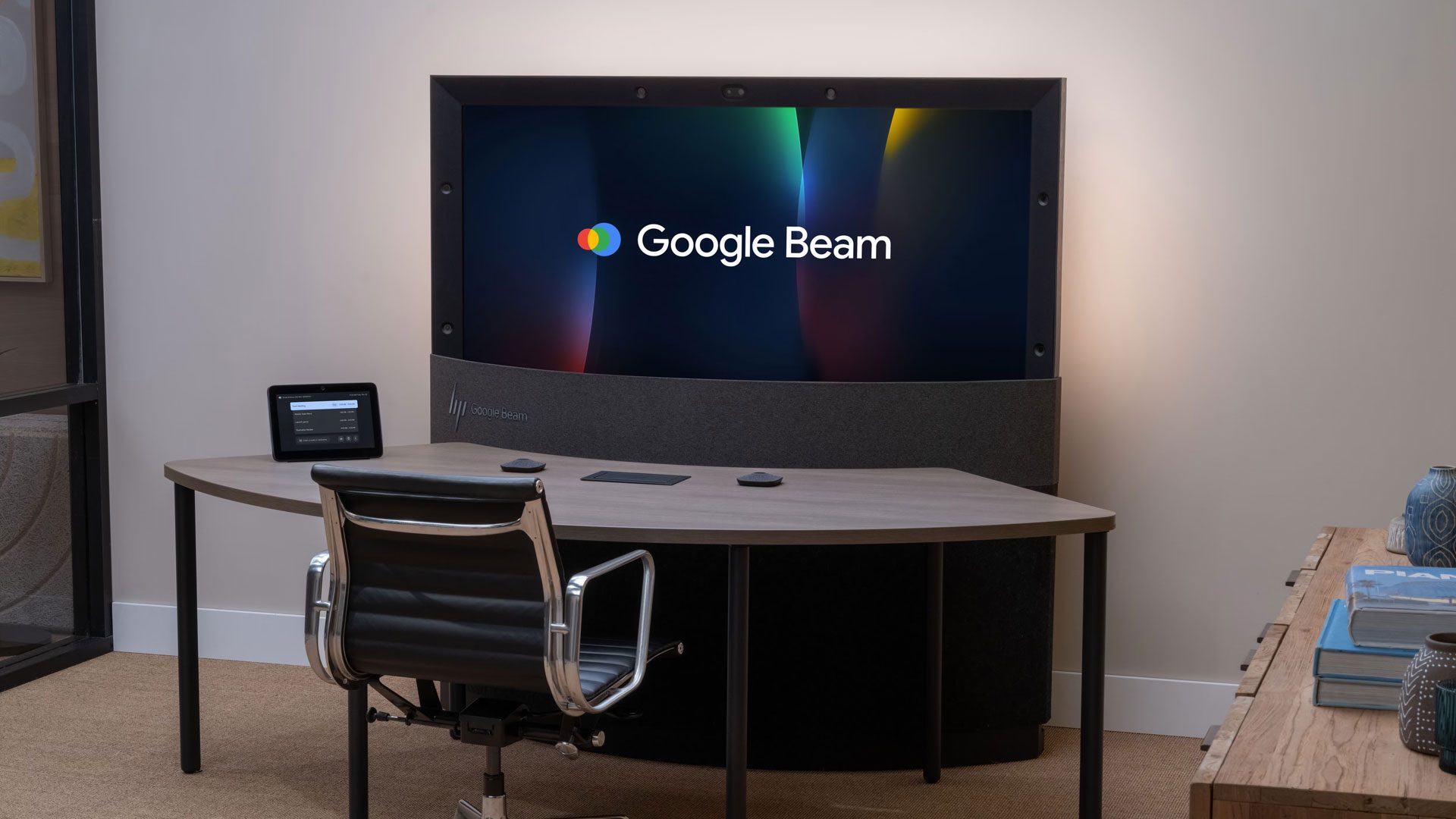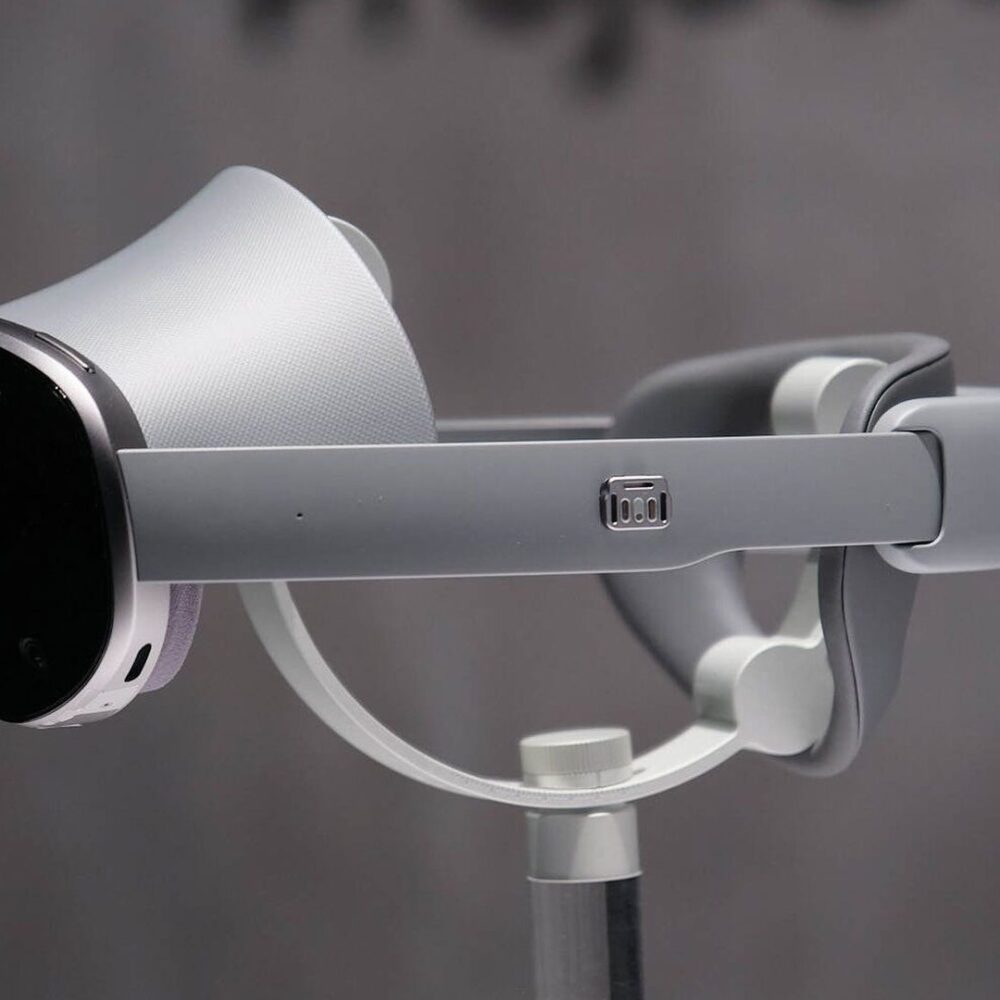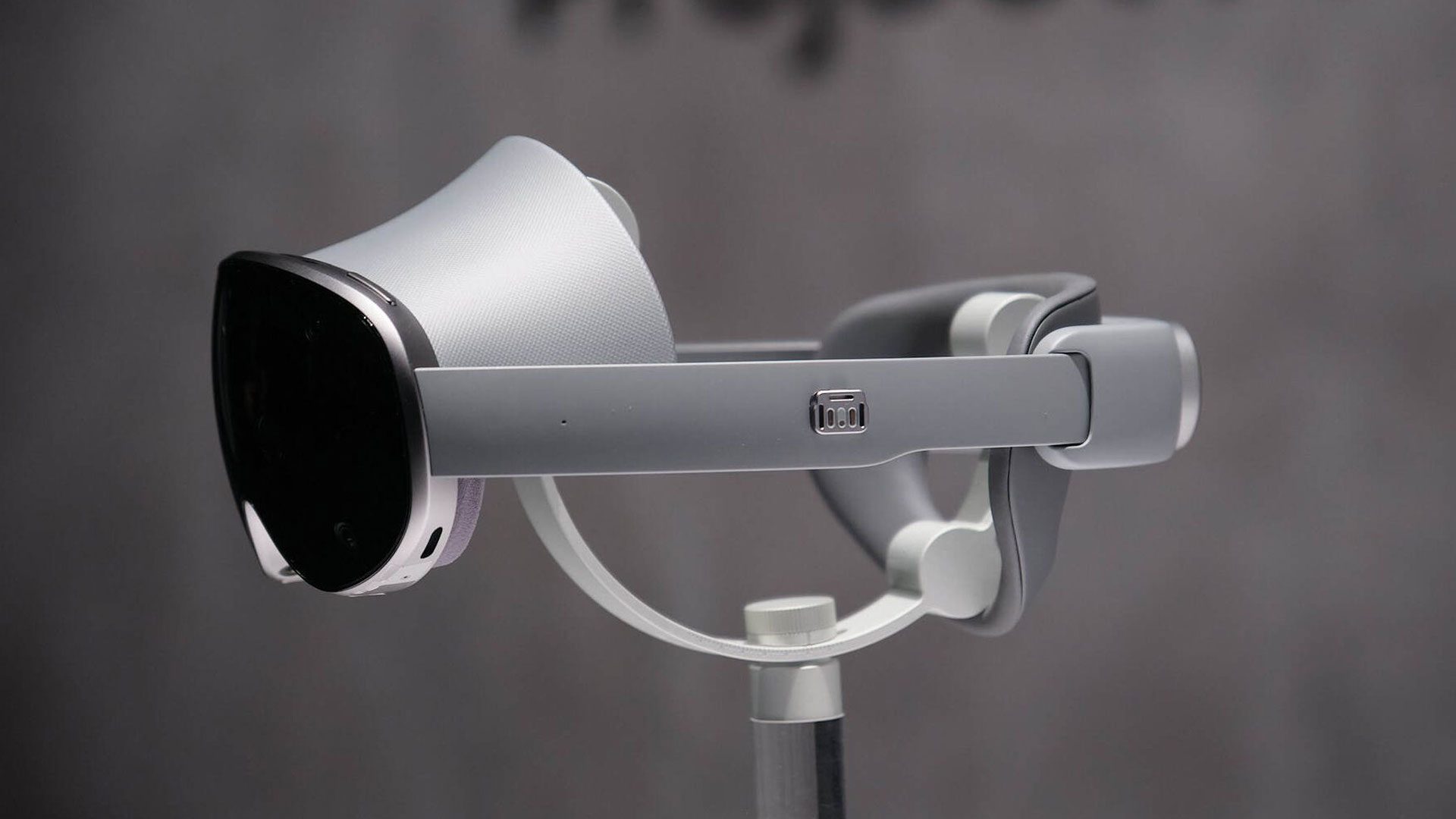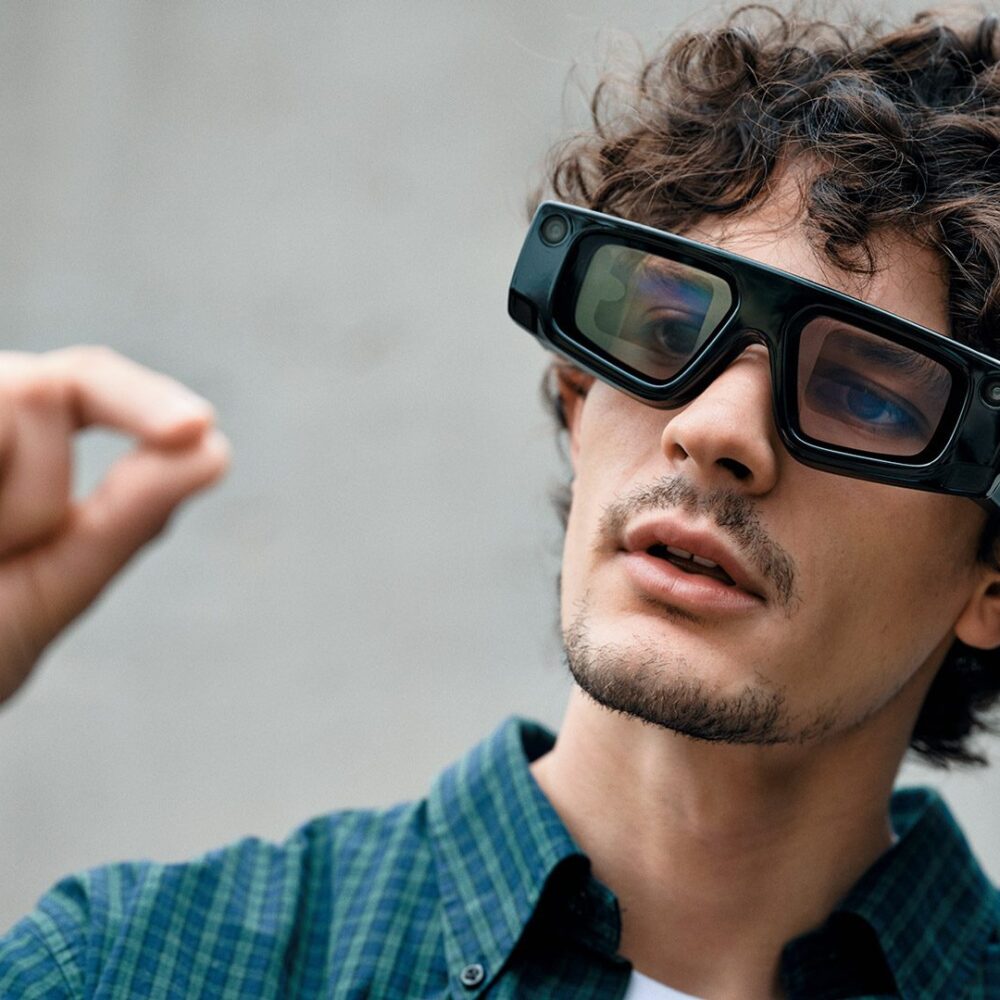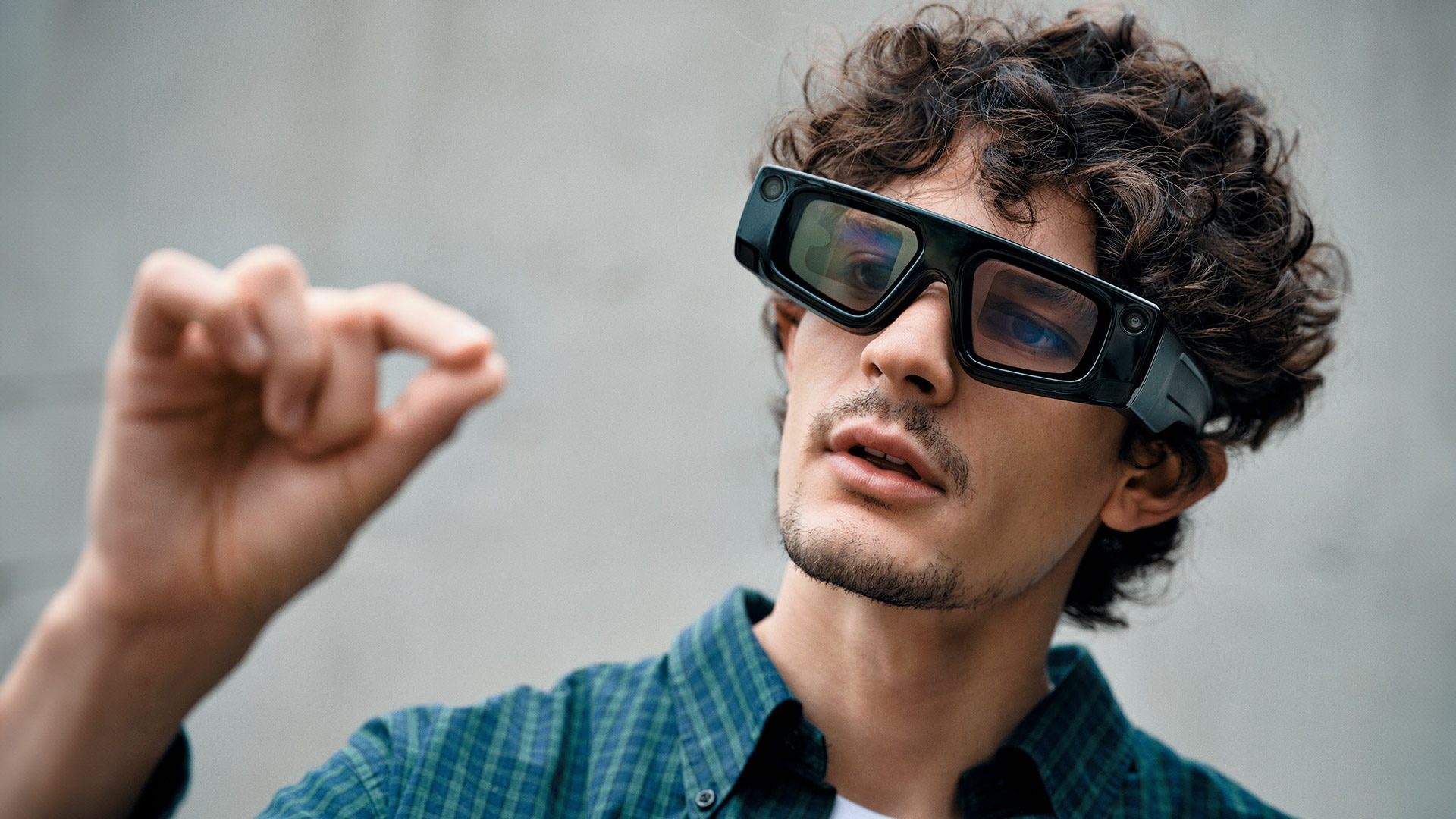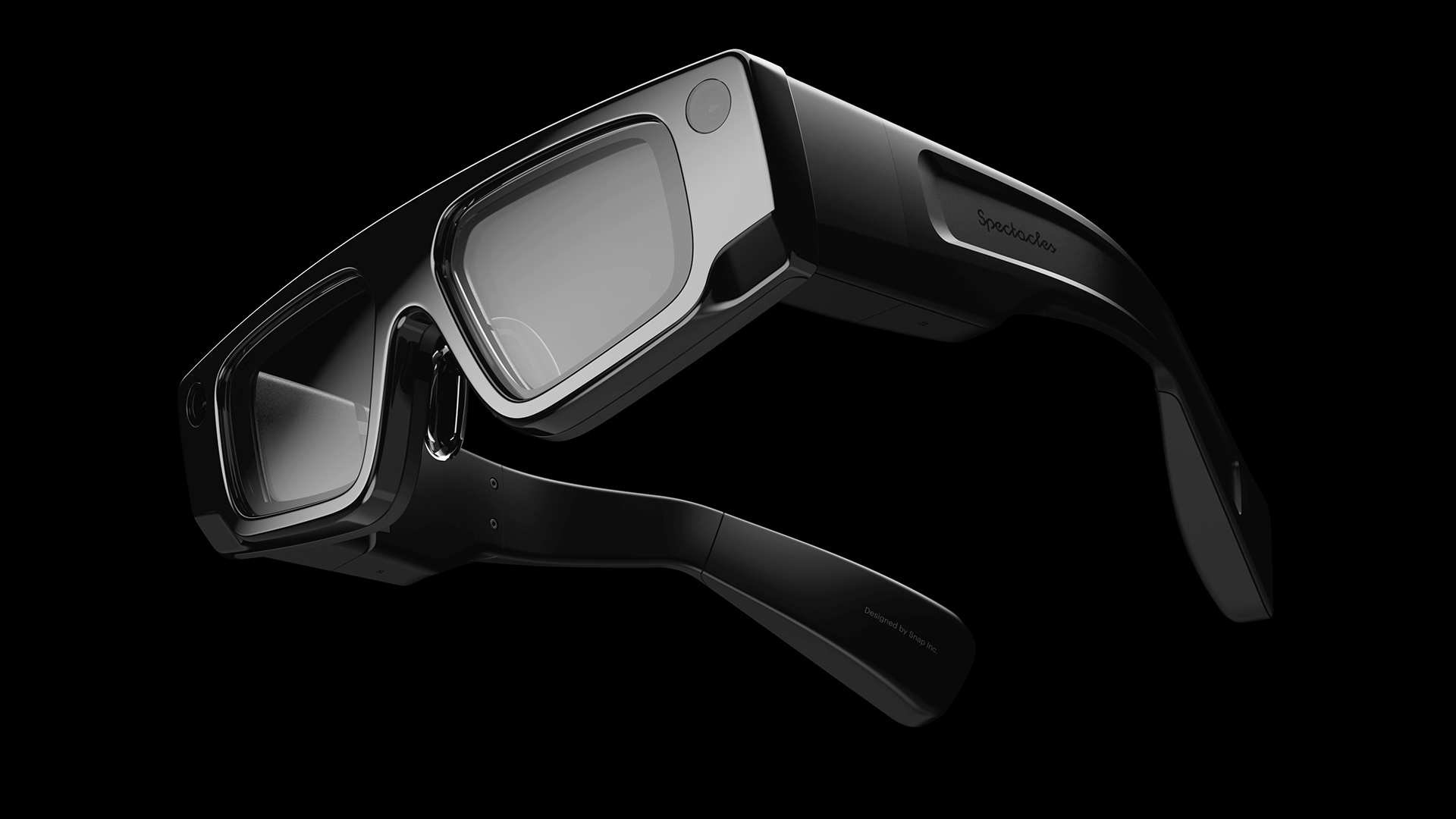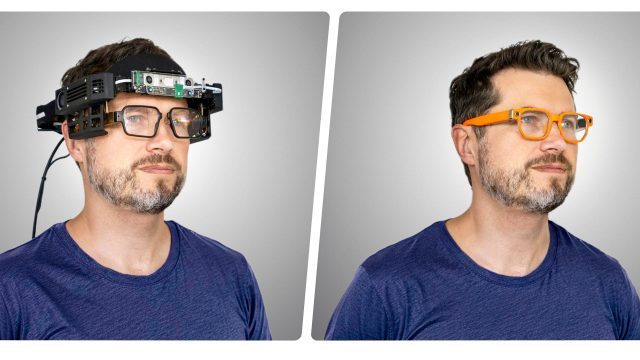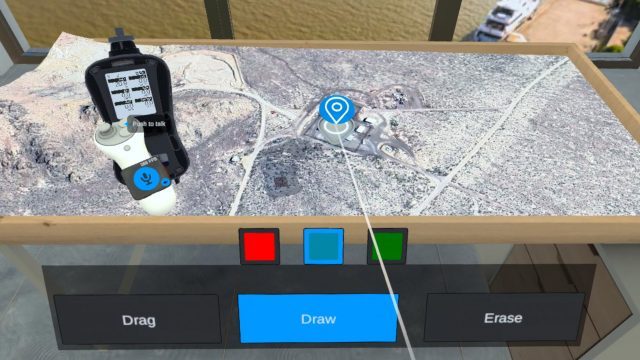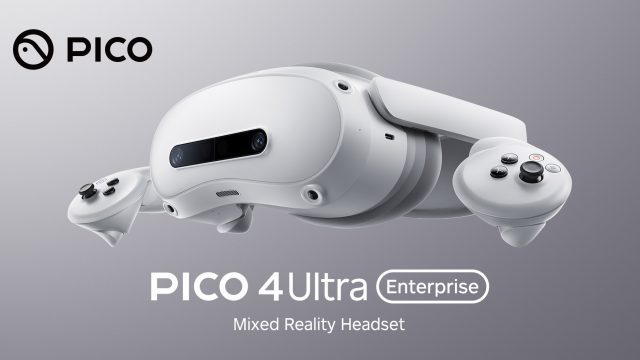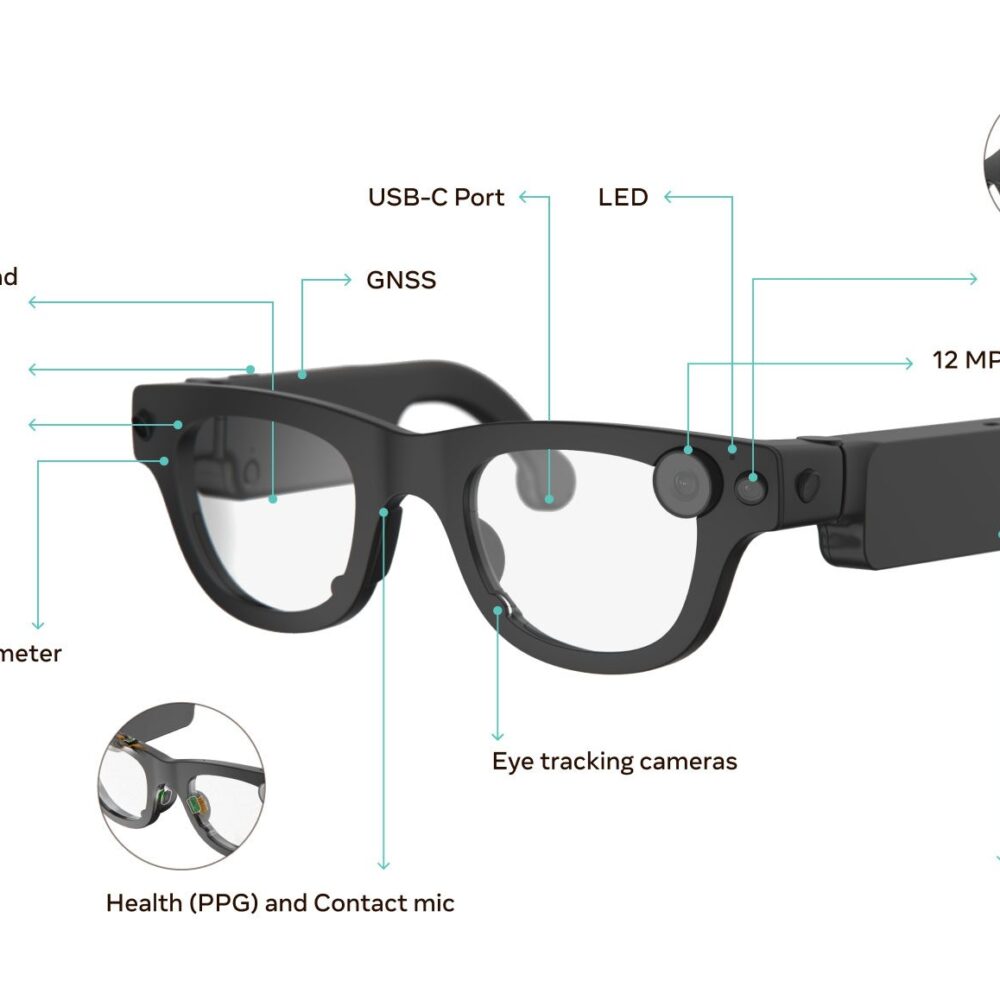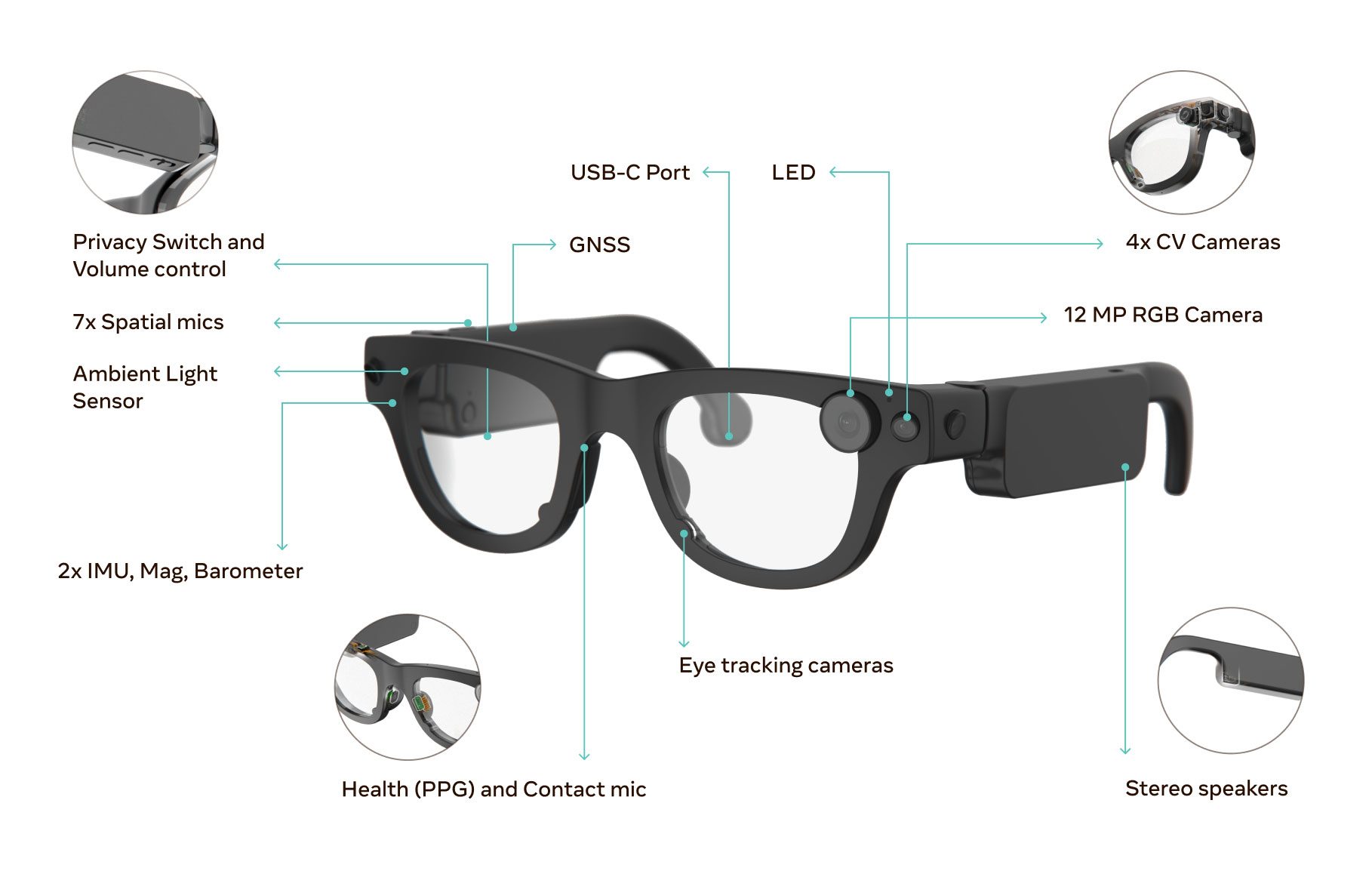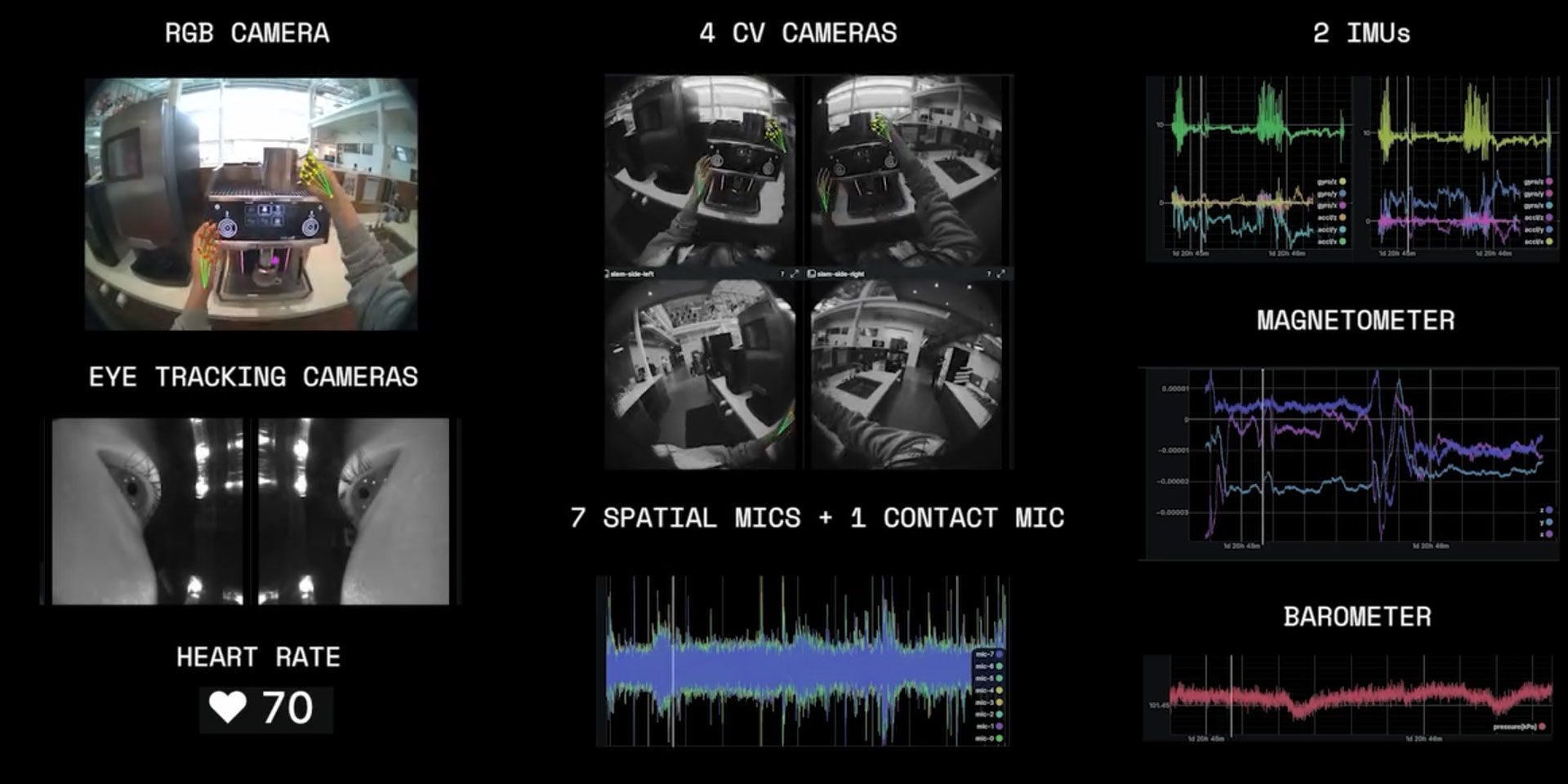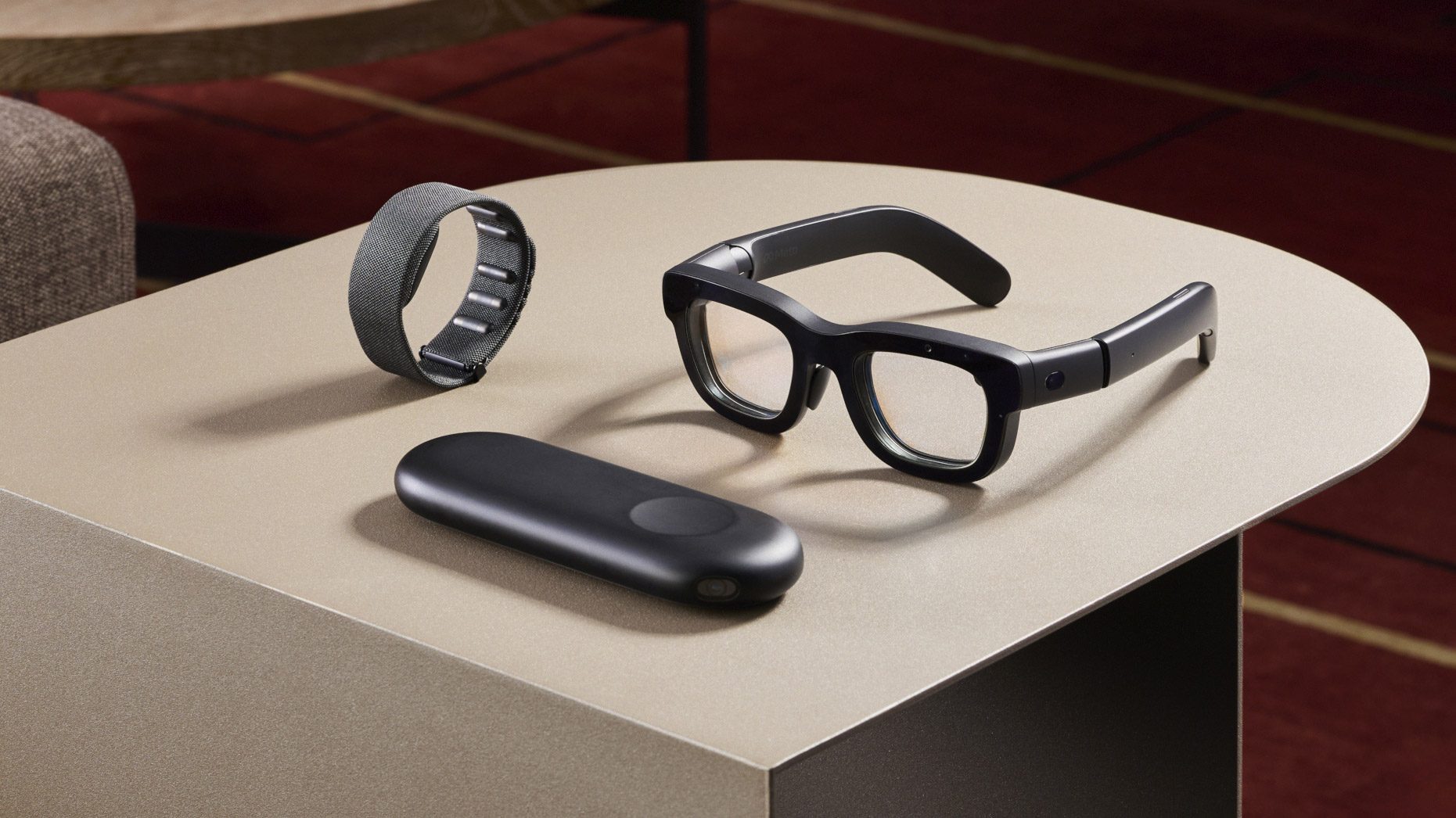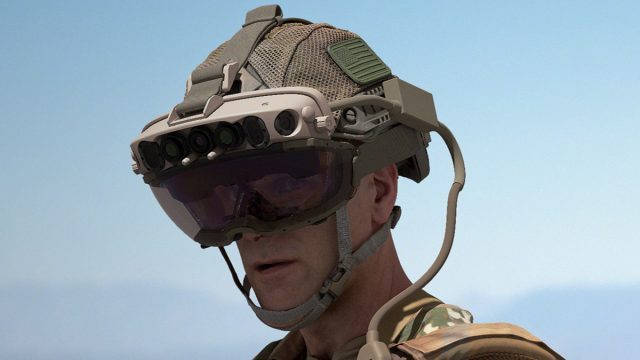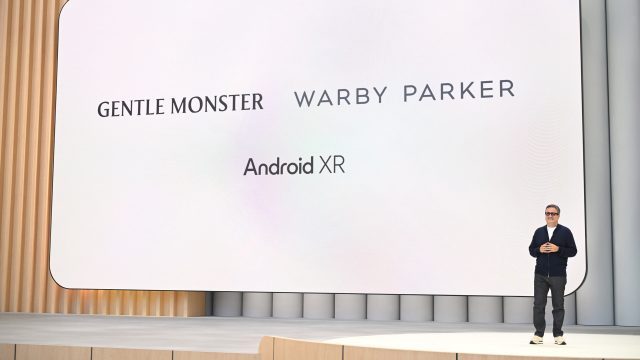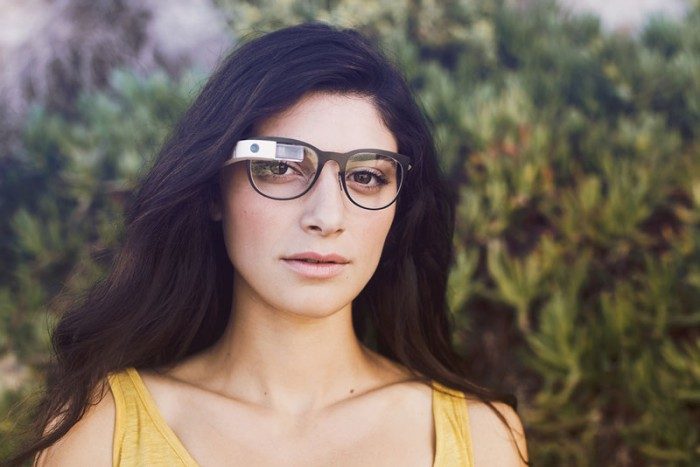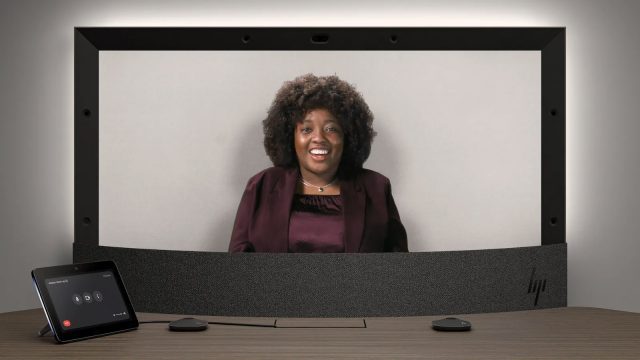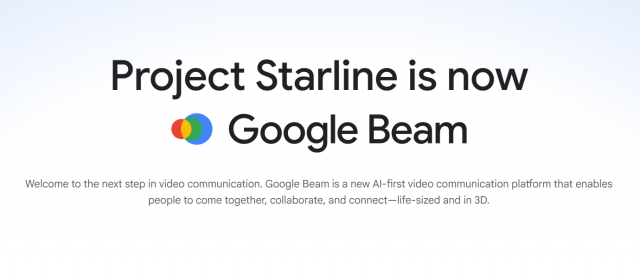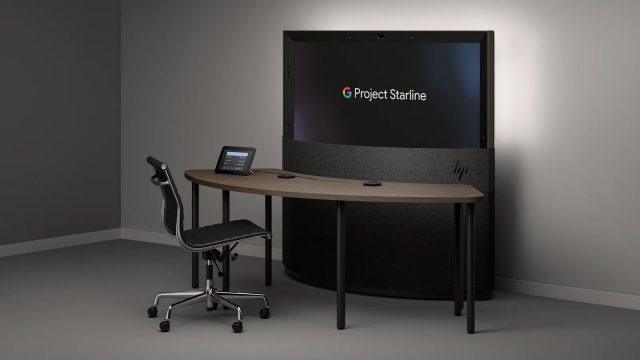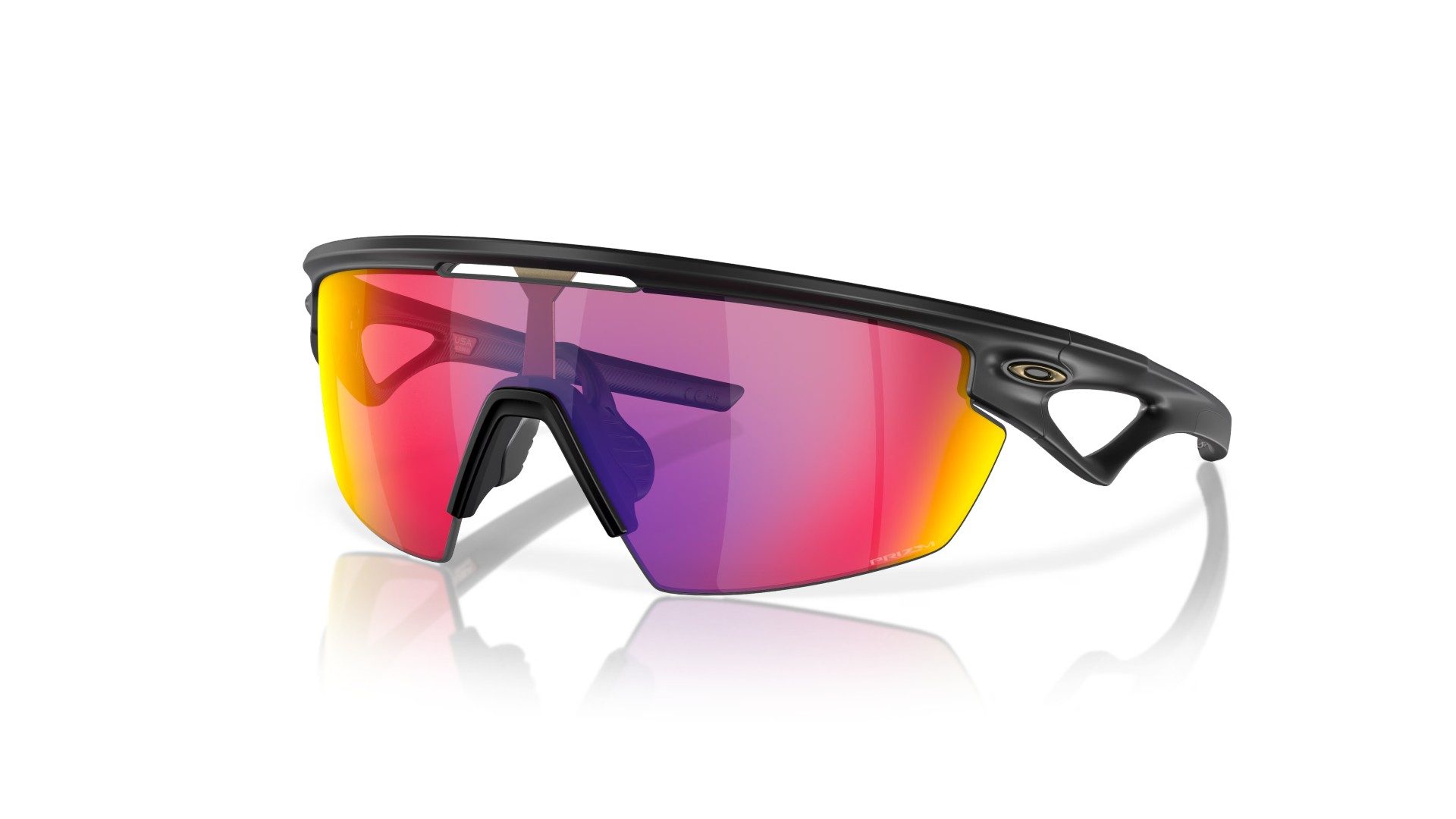
Meta officially confirmed the expansion of its EssilorLuxottica partnership to include a pair of Oakley smart glasses—possibly arriving soon.
Earlier this year, Bloomberg’s Mark Gurman reported that Meta was looking to expand its line of smart glasses beyond Ray-Ban Meta, which would include two possible new devices: a sportier Oakley-branded model, and a high-end model with built-in display—the latter has yet to be announced.
Now, Meta CTO Andrew ‘Boz’ Bosworth confirmed that ‘Oakley Meta’ smart glasses are coming in an X post, showing a graphic of both brands merging and linking to a new @oakleymeta profile.
🤘🏼 @oakleymeta pic.twitter.com/lRL6oimgMR
— Boz (@boztank) June 16, 2025
Details remain scarce, however Gurman’s January report maintained the Oakley smart glasses would be designed for athletes and could launch sometime this year.
Meta’s EssilorLuxottica partnership has been growing steadily since the release of the first-gen Facebook Ray-Ban Stories in 2021, prompting the company to offer a second-gen version in 2023, Ray-Ban Meta, which which introduced updated styles, improved audio and cameras, and on-board AI features.
In late 2024, Meta announced it was expanding its smart glasses partnership with EssilorLuxottica into 2030. At the time, Meta CEO Mark Zuckerberg described its long-term roadmap as giving the companies “the opportunity to turn glasses into the next major technology platform, and make it fashionable in the process.”
In addition to Ray-Ban and Oakley, the French-Italian luxury eyewear company owns other major brands, including Persol, Oliver Peoples, and Vogue Eyewear, along with eyewear retailers LensCrafters, Pearle Vision, and Sunglass Hut.
